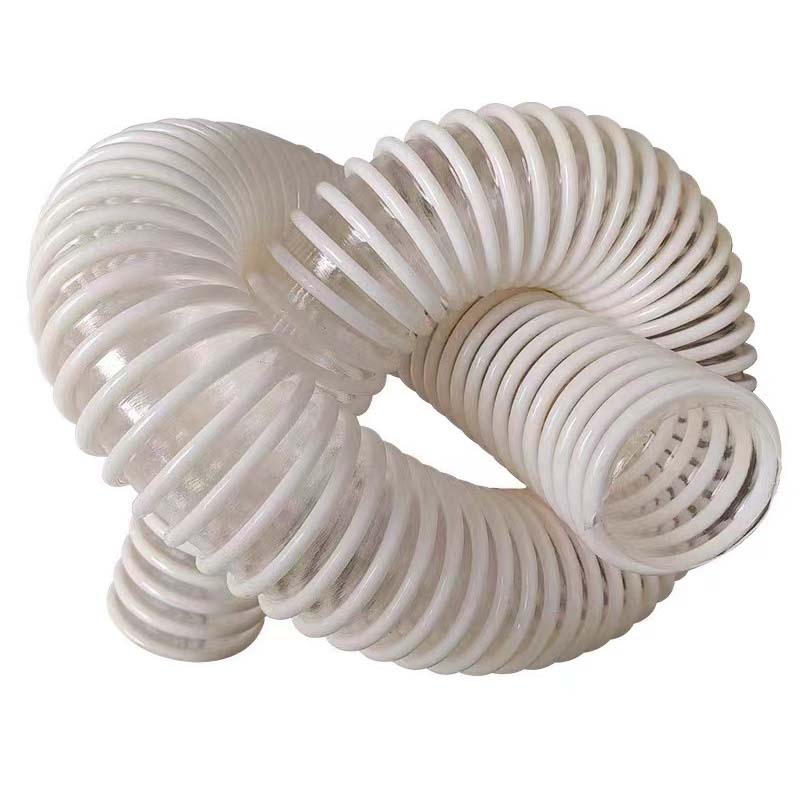Oxygen and Acetylene Hose for Welding Applications and Safety Guidelines
Understanding Hose, Oxygen, and Acetylene A Comprehensive Overview
Welding is an essential process in various industries, from construction to manufacturing, allowing for the fusion of metals and the creation of durable structures. At the heart of many welding processes lies the use of specialized gases, primarily oxygen and acetylene. To effectively harness these gases, a proper understanding of hose systems designed for their transportation is crucial.
The Role of Oxygen and Acetylene in Welding
Oxygen and acetylene are commonly used together in gas welding, particularly in oxy-acetylene welding. This method is revered for its versatility and efficiency. Oxygen, a vital component for combustion, enhances the flame temperature when mixed with acetylene, which burns at a significantly higher temperature than other fuel gases, reaching up to 3,500 degrees Celsius (6,332 degrees Fahrenheit). This intense heat is essential for melting and fusing metals, making it ideal for welding tasks involving steel and other ferrous alloys.
The Components of Oxy-Acetylene Equipment
To safely and effectively use oxygen and acetylene for welding, certain equipment is necessary. The most critical components include the gas cylinders, regulators, torch, and hoses.
1. Gas Cylinders These are high-pressure tanks that store oxygen and acetylene separately. Each type of gas has its dedicated cylinder, with specific pressure ratings.
2. Regulators These devices control the pressure of the gases as they exit the cylinders, ensuring a steady flow to the torch. Proper regulation is vital for achieving optimal flame characteristics.
3. Welding Torch The torch mixes the oxygen and acetylene in controlled proportions and ignites the mixture to produce a flame. Different nozzle sizes and types can create varying flame patterns, suitable for different welding applications.
4. Hoses The hoses are crucial for transporting the gases from the cylinders to the torch. It is essential to use the right type of hose for each gas typically, green hoses are used for oxygen, while red hoses are designated for acetylene.
hose oxygen acetylene

Safety Considerations
Given the flammable nature of acetylene and the reactive properties of oxygen, safety is paramount when working with these gases. Hoses must be manufactured to withstand high pressures and are often reinforced to prevent bursts. Regular inspection for leaks, wear, and damage is essential. Acetylene hoses are usually produced with a specific composition to prevent mixing with other gases and ensure compatibility with acetylene's unique properties.
One of the most critical safety measures involves ensuring that hoses are properly connected and identified; incorrect connections can lead to dangerous gas mixtures. Additionally, it is vital to work in well-ventilated areas to avoid the buildup of flammable gases and to store cylinders upright in secure locations, away from sources of heat or ignition.
Best Practices for Hose Maintenance
To prolong the life of hoses and ensure their safe usage, certain best practices should be followed
- Regular Inspections Check hoses for signs of wear, such as cracks, abrasions, or stiffness. Any damaged hoses should be replaced immediately.
- Proper Storage Hoses should be stored in a cool, dry place, away from direct sunlight and heat sources. It is advisable to hang hoses instead of coiling them tightly, as this can lead to kinks and damage.
- Connection Checks Always ensure that hose connections are secure before use, and utilize thread sealant tape to prevent leaks.
Conclusion
Hoses for oxygen and acetylene are vital components in welding processes that require careful handling and maintenance. The combination of oxygen and acetylene provides a powerful and versatile flame for various applications, but it also necessitates a commitment to safety and equipment care. By adhering to proper practices and protocols, welders can ensure successful projects while minimizing risks associated with these flammable gases. Understanding the intricacies of these components and their interaction is key to mastering the craft of welding and achieving high-quality results.
-
Welded Wire Mesh Panel: Durable, Versatile, and AffordableNewsJul.28,2025
-
Top Quality Oxy Acetylene Hoses for Sale Fit for Welding DemandsNewsJul.28,2025
-
The Future of Pneumatic Air Tubes in IndustryNewsJul.28,2025
-
Superior and Reliable LPG Hose Pipe Solutions for Every NeedNewsJul.28,2025
-
Exceptionally Durable and Versatile Premium Braided PVC TubingNewsJul.28,2025
-
Best Adapters for Connecting Garden Hose to PVC Pipe ConnectionsNewsJul.28,2025














